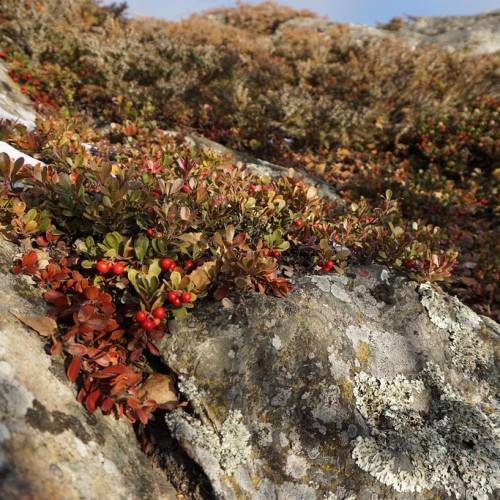
Red Bearberry
Arctous rubra
Watering:
Minimal
Hardiness Zone:
7
Flowers:
Flowers
Sun:
Sun, Partial Shade
Soil:
Sand, Loam
Cones:
Yes
Leaf:
Yes
Growth Rate:
Low
Drought Tolerant:
Yes
Care Level:
Medium
watering
Hairy Manzanita plants should generally be watered once or twice a week, enough to moisten the entire soil profile. During the summer months, water more frequently or decrease the frequency during the winter. Avoid overwatering, which can lead to root rot. Check the soil before watering to ensure that it is dry; if the soil is still wet, don't water the plant. If your plant is kept in a pot, it may need to be watered more frequently than those planted in the ground. Check the potting soil to determine when to water so the plant will receive enough, but not too much water.
sunlight
Hairy Manzanita (Arctostaphylos columbiana) is a native, evergreen plant found in western North America. This species prefers full sun to partial shade, however more sun can cause significant leaf scorching. With too little sun, the plant will become sparse and open. It is best to provide the plant with 5-6 hours of direct sunlight a day during the growing season, with partial sun for the remainder of the day. During the winter months, the amount of sunlight can be reduced to as little as 2-3 hours a day.
pruning
Hairy Manzanita plants should be pruned in late winter or early spring, before new growth begins. Pruning should be minimal, removing only dead, diseased, or crossing branches. Remove no more than 1/3 of the total growth in a single pruning session to avoid shock to the plant. To promote a denser, bushier growth only thin out the center of the plant, pruning branches that are growing too closely together or crossing over 1 another.
